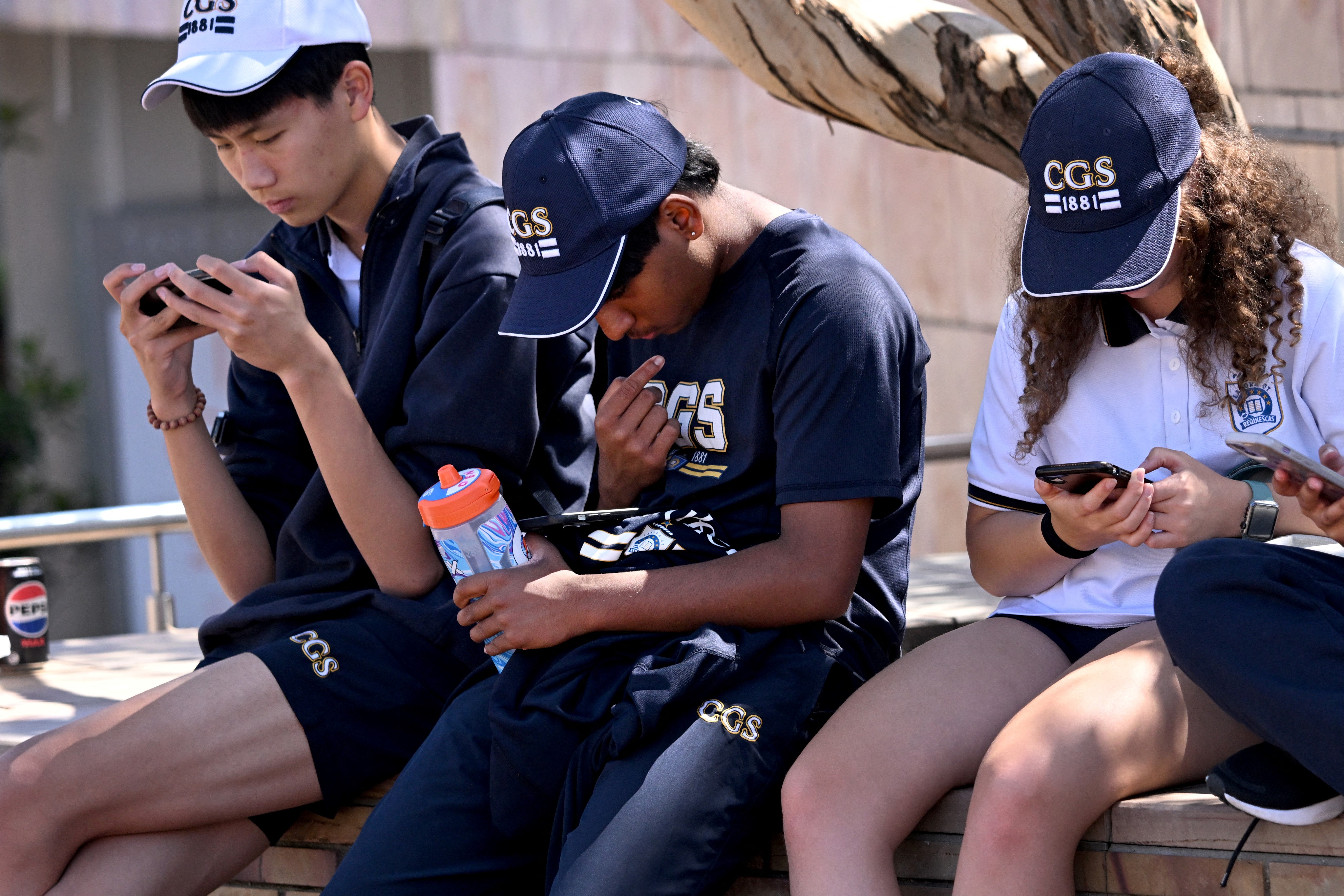How would a social media ban for under-16s work – and could it happen here?

Your support helps us to tell the story
From reproductive rights to climate change to Big Tech, The Independent is on the ground when the story is developing. Whether it's investigating the financials of Elon Musk's pro-Trump PAC or producing our latest documentary, 'The A Word', which shines a light on the American women fighting for reproductive rights, we know how important it is to parse out the facts from the messaging.
At such a critical moment in US history, we need reporters on the ground. Your donation allows us to keep sending journalists to speak to both sides of the story.
The Independent is trusted by Americans across the entire political spectrum. And unlike many other quality news outlets, we choose not to lock Americans out of our reporting and analysis with paywalls. We believe quality journalism should be available to everyone, paid for by those who can afford it.
Your support makes all the difference.Australia is going to ban under-16s from social media in the most extreme such decision yet, and one that could have knock-on effects around the world.
The ruling was passed by the country’s parliament this week and described by prime minister Anthony Albanese as a way of prioritising the “safety and mental health of our young people”. It comes amid international pressure on technology firms to better look after the children and teens that use them.
But reaction to the ruling has been mixed. And it remains unclear exactly how it will work.
The aims of Australia’s ban are simple. They put the onus onto technology firms and require that they stop young people from logging in or face a $32 million fine.
But the actual way it will work is less clear. The Australian government will trial a number of different measures from January – though the ban will not actually take effect for another year.
Many companies already impose age restrictions on users. In Europe, for instance, parental consent is required to process the data of young people, and some countries in the continent have more restrictive rules about age requirements to create accounts.
But they are generally applied by asking the young people using them to confirm their age – a process that is easily bypassed by lying, as many young people are believed to do.
Other more restrictive options are of course available. When the UK looked to block access to pornography for under-18s, for instance, it considered options including identification checks and the requirement to have a credit card.
And the technology platforms themselves do have systems that can spot young people. Firms including YouTube use systems that are able to identify the behaviour of possible young people, and require extra proof of their age or add additional restrictions to their account.
Albanese appeared to admit that there would be ways of getting online, in comments on Friday.
“We don’t argue that its implementation will be perfect, just like the alcohol ban for under 18s doesn’t mean that someone under 18 never has access, but we know that it’s the right thing to do.”
But Australia has suggested it will ask technology companies to try a range of different options as they try and spot under-16s and keep them from signing up.
It may be those practical problems that stop Australia’s ban from spreading to other countries. In the UK, for instance, the technology secretary has said that a ban was “on the table” but only if other protections in the Online Safety Act do not prove successful.
Though Australia’s ban is the most extreme of its kind, some other countries – including France and some US states – have launched their own bans on young people using social media.
Join our commenting forum
Join thought-provoking conversations, follow other Independent readers and see their replies
Comments